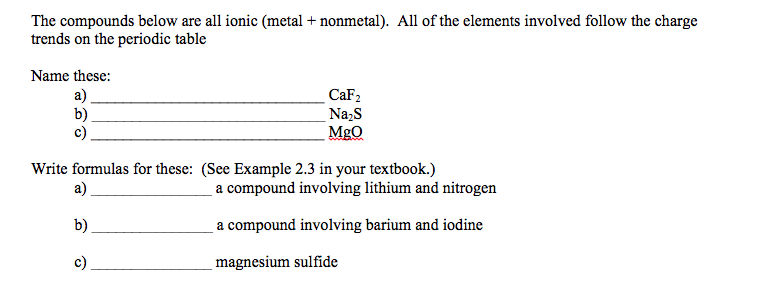

To address these issues, considerable efforts have been made to modify the metal anode and firmly anchor iodine species onto the cathode 5, 6, 12, 14, 16, 27, 28, leading to significant improvements. The dendrite growth and corrosion of the metal anodes cause rapid attenuation of the capacity and short circuit the iodine anionic species lead to the formation of electrochemically inactive complexes with the metal anode, which induces the irreversibility of the I 2 cathode and limited lifespan, similar to the shuttle effect in lithium-sulfur batteries 3, 4, 26. However, these batteries are affected by the detrimental (electro)chemical behavior of the metal electrode upon cycling 3, 4, 5, 6, 12, 13, 14, 15, 16, 17, 18, 19, 20, 21, 25. Major success has been achieved in the development of various aqueous metal||I 2 batteries, e.g., Fe||I 2 16, Al||I 2 17 and Zn||I 2 3, 5, 6, 18, 19, 20, 21, 22, 23, 24.

Moreover, the solid–liquid I −/I 0/I + conversion of the I 2 cathode avoids the issue of electrode structural degradation that commonly occurs in other intercalation materials 5, 6, 14. standard hydrogen electrode), I 2 stands out as a particularly promising cathode material for aqueous batteries 3, 4, 5, 6, 11, 12, 13, 14, 15. Because of its high abundance 4, high theoretical capacity (422 mAh g −1), and theoretical redox potential of I 0/I + (1.07 V vs. In particular, solid iodine (I 2) has shown better operability and (electro)chemical stability than its liquid bromine and gaseous chlorine analogs 7, 8, 9, 10. In recent years, rechargeable metal-halogen batteries, which rely on strict redox chemistry to achieve high energy and power density, have attracted considerable attention 1, 2, 3, 4, 5, 6. Finally, we also report the assembly and testing of a PTCDI|KCl-I 2|carbon paper multilayer pouch cell prototype with a discharge capacity retention of about 70% after 900 cycles at 80 mA and 25 \(\pm\)1 ☌. Indeed, when they are tested in combination with an active carbon-enveloped I 2 electrode in a glass cell configuration, we report an initial specific discharge capacity of 900 mAh g −1 (electrode mass of iodine only) and an average cell discharge voltage of 1.25 V at 40 A g −1 and 25 \(\pm\)1 ☌. The use of these components allows for exploiting two sequential reversible electrochemical reactions in a single cell. To circumvent these drawbacks, herein we propose 3,4,9,10-perylenetetracarboxylic diimide (PTCDI) as negative electrode active material and a saturated mixed KCl/I 2 aqueous electrolyte solution. However, the growth of unfavorable metallic deposition and the irreversible formation of electrochemically inactive by-products at the negative electrode during cycling hinder their development. Rechargeable aqueous metal||I 2 electrochemical energy storage systems are a cost-effective alternative to conventional transition-metal-based batteries for grid energy storage.


 0 kommentar(er)
0 kommentar(er)
